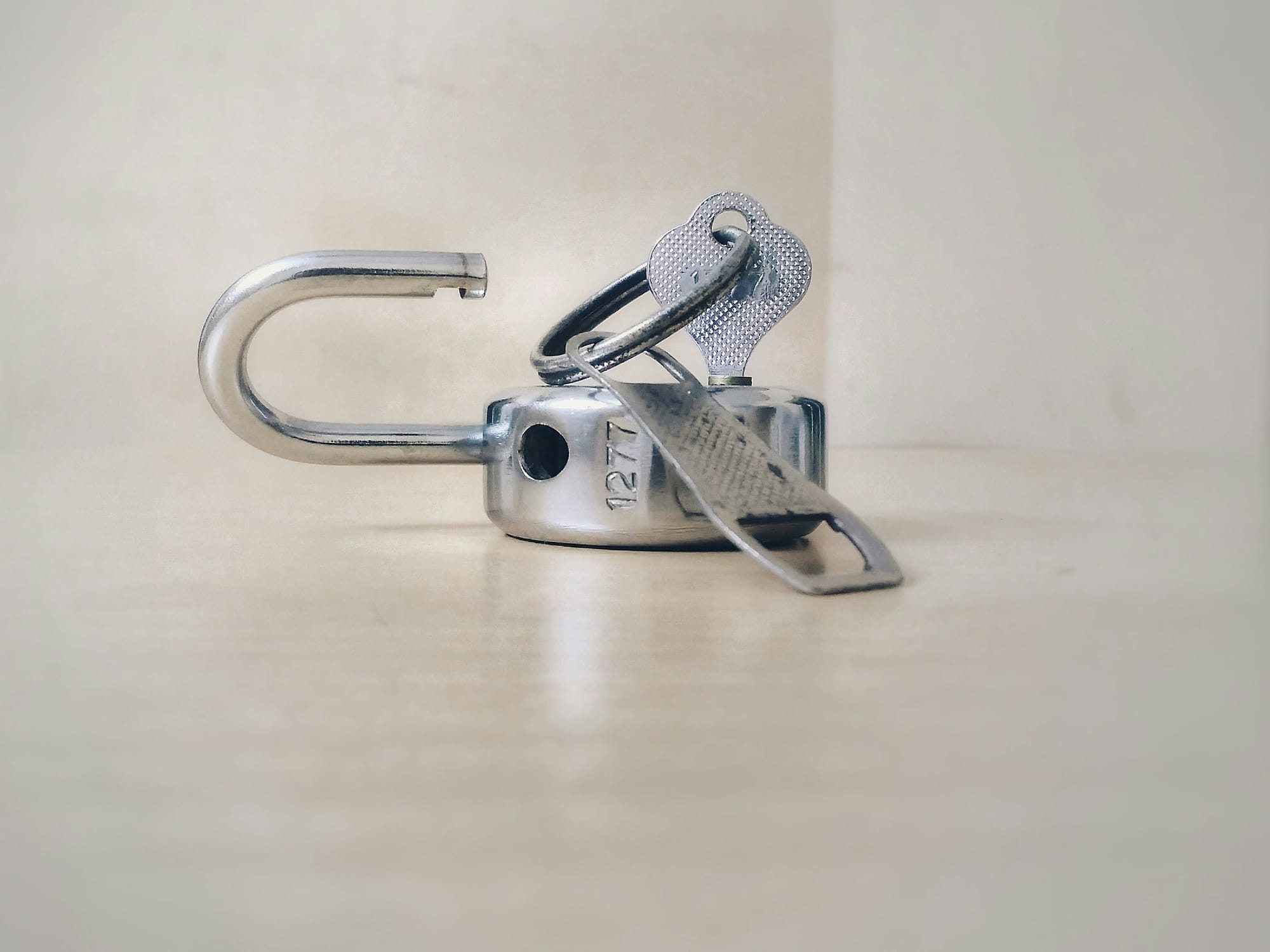Best practices for faster, high-performing websites
In today’s fast-paced digital world, website performance is a critical factor that can make or break the user experience. Slow-loading pages, poor responsiveness, and inefficient design can lead to high bounce rates, decreased conversions, and a damaged reputation. For marketing managers and website owners, understanding the best web performance optimization techniques is crucial to staying competitive.
This article will cover key site optimization techniques that can significantly enhance your website’s performance and ensure a seamless user experience.
Why website optimization matters
Website optimization is all about ensuring that your site loads quickly, functions efficiently, and delivers a positive user experience across all devices and browsers. A well-optimized site can improve not only the user experience but also search engine rankings, conversion rates, and customer retention.
Google’s algorithms heavily favor websites that provide fast load times and high-quality user experiences. With speed being a ranking factor in search engine optimization (SEO), investing in website performance optimization techniques will not only benefit your users but also improve your site's visibility and ranking in search results.
1. Minimize HTTP requests
One of the most effective web performance optimization techniques is to reduce the number of HTTP requests your site makes. Each time a user visits your site, their browser sends a request to your server for files such as images, scripts, and stylesheets. The more requests that need to be made, the longer it takes for the page to load.
How to minimize HTTP requests
- Combine CSS and JavaScript files. Instead of loading multiple stylesheets and scripts, combine them into one or a few files. This reduces the number of server requests.
- Use inline CSS for small files. For smaller stylesheets, consider embedding the CSS directly into your HTML to avoid a separate HTTP request.
- Lazy loading for images: Don’t load all images at once. Implement lazy loading, which loads images only when they are about to appear in the user’s viewport.
2. Image optimization
Images often make up the largest part of a webpage’s size and optimizing them is a critical site optimization technique. By reducing the file size of images without sacrificing quality, you can significantly improve load times.
How to optimize images
- Choose the right format. Use modern formats like WebP, which provide better compression than traditional formats like PNG or JPEG. WebP reduces file sizes while maintaining image quality.
- Compress images. Use tools like TinyPNG or ImageOptim to reduce file sizes. Compressing images can dramatically reduce load times without noticeably affecting visual quality.
- Use image CDNs. Consider using a content delivery network (CDN) that optimizes and serves images from locations closest to your users.
3. Browser caching
Browser caching allows browsers to store copies of files like images, scripts, and stylesheets so that they don’t have to be re-downloaded each time a user visits your site. This technique helps in improving site speed for returning visitors.
How to implement browser caching
- Set cache-control headers. Use HTTP headers to define how long resources should be cached. For static resources like images, you can set cache durations as long as a year.
- Leverage CDN caching. CDNs not only store copies of your content in multiple locations but can also cache resources to further improve load times for returning users.
4. Minification of CSS, JavaScript, and HTML
Minification involves removing unnecessary characters such as whitespace, comments, and line breaks from your site’s CSS, JavaScript, and HTML files. Minified files are smaller, reducing the amount of data that needs to be transferred when the page loads.
How to minify code
- Use minification tools. Tools like UglifyJS for JavaScript and CSSNano for CSS automatically strip unnecessary characters from your code. Many web development platforms also offer plugins that handle minification.
- Automated minification. Set up automated workflows that minify your code before it’s deployed to your production environment.
5. Content Delivery Network (CDN)
A CDN is a network of servers distributed across various locations around the world. By serving your website’s content from a server closest to the user, CDNs help to reduce latency and speed up load times.
Why use a CDN
- Improved load times globally. If your audience is spread across multiple regions, a CDN can deliver your site’s content more efficiently by using servers that are geographically closer to each visitor.
- Reduces server load. By distributing traffic across multiple servers, a CDN can also reduce the load on your primary hosting server, ensuring smoother performance during traffic spikes.
6. Optimize your website’s code
Optimizing the underlying code of your website is another important aspect of website performance optimization techniques. This involves writing clean, efficient code that doesn’t create unnecessary bottlenecks or slow down page rendering.
How to optimize website code
- Asynchronous loading. Load JavaScript files asynchronously to ensure that they don’t block the loading of other elements on the page. This can prevent your site from being held up by slow-loading scripts.
- Defer non-critical CSS. Not all CSS needs to load immediately. By deferring the loading of non-essential CSS until after the critical page content has loaded, you can improve the perceived load time.
- Reduce redirects. Each redirect adds to the page load time. Audit your site and reduce unnecessary redirects to ensure faster loading.
7. Mobile optimization
Mobile optimization is an essential part of site optimization techniques as mobile traffic now accounts for more than half of all web traffic globally. Mobile users expect fast load times, and Google’s mobile-first indexing means that optimizing for mobile performance is a priority.
Mobile optimization techniques
- Responsive design. Ensure your website is responsive and adapts to different screen sizes without compromising performance or usability.
- AMP (Accelerated Mobile Pages). AMP is a Google-backed project that allows websites to load faster on mobile devices by using stripped-down HTML and optimized caching.
Putting it into practice
Optimizing your website is an ongoing process that requires continuous monitoring and adjustments. By focusing on key website performance optimization techniques like reducing HTTP requests, optimizing images, leveraging caching, and using CDNs, you can dramatically improve the speed, usability, and overall performance of your website. Not only will this create a better user experience, but it will also help with search engine rankings, ultimately driving more traffic and conversions.
Investing in these site optimization techniques ensures that your website can handle the demands of modern users, providing a fast, reliable, and seamless experience that keeps visitors coming back.
Let ConversionWax do the hard work for you
Looking for a way to optimize your website content at minimal time and cost? ConversionWax applies a lot of our best practice principles automatically to your visual content – giving you optimal performance. Sign up for our free trial today.
-

Unlock the benefits of website personalization
-

E-commerce conversion best practices
-

Your ultimate Conversion Rate Optimization checklist
-

How to: complete a Conversion Rate Optimization audit
-

An easy guide to ecommerce website optimization
-

Your guide to Conversion Rate Optimization best practices
-

Landing page optimization - maximizing your conversions
-

Website performance optimization techniques to boost your online business
-

Benefits of website personalization for online businesses
-

How to improve your ecommerce checkout conversion

